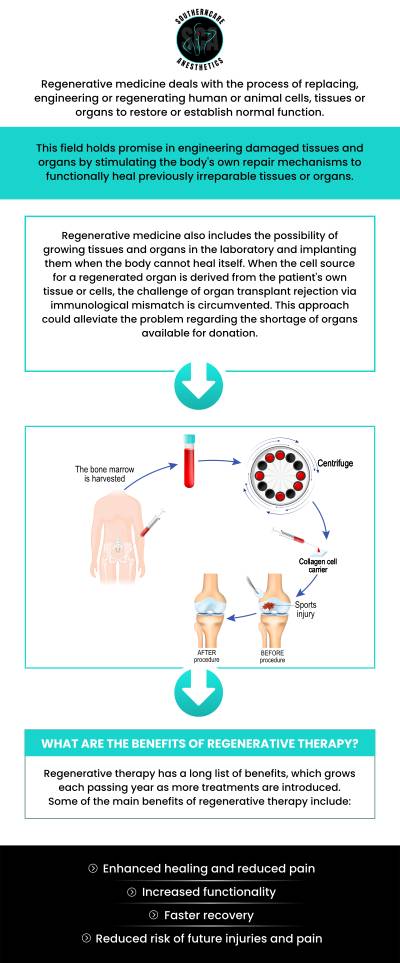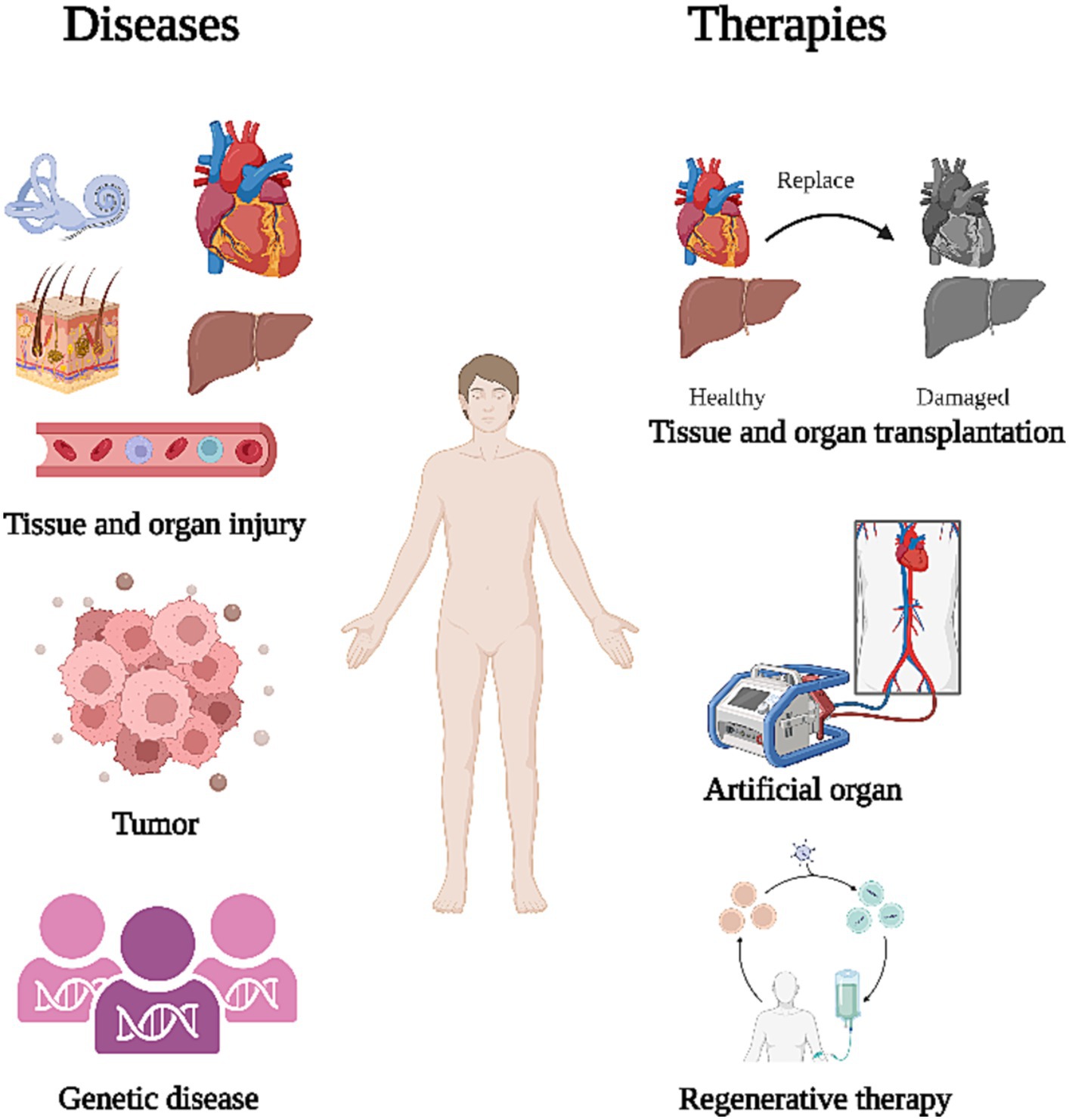Table of Contents

[/image][=video]
[/video]
Viscosupplementation: Injection of hyaluronic acid into intra-articular area can restore the thickness and flexibility of osteoarthritic synovial liquid. HA plays an essential role in shock absorption, lubrication, and the visco-elastic nature of the synovial fluid. Prolotherapy: Prolotherapy is the injection of a remedy to fix up an inexperienced structure and promote sclerosis at the shot site.
More than one treatment session may be called for before results are felt and, just like any kind of therapy, results are not assured. A stem cell does not serve a certain physical feature, yet it can become a cell that does, such as a cartilage cell or a ligament cell. Physicians that make use of stem cell treatment think that, when positioned into a specific setting, stem cells can change to fulfill a specific need.
To make PRP, blood is taken from the client and after that processedoften utilizing a centrifugeto produce a concentrated option of platelets and plasma (PRP).: All PRP is not the exact same.
Inflammation enhances blood circulation and attracts cellsgranulocytes, monocytes, macrophages and fibroblaststhat can fix and recover damaged cells. Throughout prolotherapy, a medical professional injects an irritant into the injured location, which briefly raises inflammation.
Stem Cell Therapy around Madison Heights, Michigan

Prolotherapy often uses PRP as an irritant, but prolotherapy is not necessarily a cellular treatment. Actually, the most typically utilized irritant is dextrose, a basic sugar. Substances such as glycerine or saline might likewise be used.: Contrasted with other regenerative medication treatments, such as stem cell and PRP injections, there is not a great deal of medical research pertaining to prolotherapy and its performance.
Different strategies might be utilized to try to repair cartilage material, consisting of however not limited to: Making small cuts or abrasions in the bone directly below the cartilage injury. The objective is that the blood from the damaged bone will certainly assist in new cartilage cell growth. Hair transplanting cartilage material from one more part of the client's body, a benefactor, or animal.
Regenerative medication seeks to replace tissue or body organs that have actually been harmed by age, illness, trauma, or genetic issues, vs. the existing clinical method that focuses largely on treating the signs. The devices utilized to realize these end results are tissue engineering, mobile therapies, and clinical gadgets and synthetic body organs. Combinations of these approaches can enhance our all-natural healing procedure in the places it is needed most, or take control of the function of a completely damaged body organ.
When harmed or attacked by illness, our bodies have the inherent reaction to heal and safeguard. What happens if it was possible to harness the power of the body to heal and then accelerate it in a medically appropriate method? What if we could help the body heal far better? The encouraging area of regenerative medicine is working to recover framework and feature of broken cells and organs.
Perimenopause Treatment local to Madison Heights
The goal of this technique is to create transformative healthcare remedies that will possibly treat previously untreatable injuries and illness. Tissue engineering is a method where naturally suitable scaffolds are dental implanted in the body at the website where brand-new tissue is to be formed. If the scaffold is in the geometric shape of the cells that requires to be generated, and the scaffold attracts cells the result is brand-new cells in the shape desired.

Millions of individuals have actually been treated with some kind of tissue crafted tools, yet the area is in its infancy. Several millions of grown-up stem cells are discovered in every human.
For more information concerning some of the promising studies and professional tests including mobile treatments, click right here. In cases where an organ falls short, the predominant clinical method is to transplant a replacement organ from a donor. The primary difficulties are the availability of benefactor body organs, and the need that the benefactor take immunosuppression drugswhich have adverse effects.
Hormone Therapy
Regenerative medicine covers a wide variety of techniques in medication, biology, engineering, and various other areas of clinical research. While there are only a restricted number of approved regenerative medication treatments for people today, lots of potential therapies remain in scientific trials, or will be quickly. These meanings are meant to assist you comprehend terms you might hear as regenerative medicine becomes an extensive subject of conversation.
Biomaterials is an increasingly innovative innovation that blends principles of engineering and biology to drive exploration and testing of therapies. The term extensively describes materials that are created for the purposes of interacting with living cells, cells, body organ, and systems. Biomaterials can be originated from natural sources, like healthy proteins or sugars, or from artificial materials, like polymers, metals, or plastic.
One popular category of biomaterials, referred to as hydrogels, are water-based structures with customizable buildings to house cells in 3D spaces that resemble problems in living tissue. Next-generation biomaterials can be modified in real-time to route how cells work in 3D area. Disease modeling is the use of animals, stem cells, and engineered devices to study human conditions without the requirement for human subjects.
Menopause Therapy local to Madison Heights, Michigan
Diet regimen, way of life, direct exposure to sunshine, and aging are all aspects that can trigger epigenetic changes. In the area of regenerative medication, researchers research how epigenetic changes add to disease-causing mutations. In one investigation, ISCRM researchers are component of an effort to establish a genetics therapy to help children and pets with an unusual muscle mass problem to walk and prosper.
Navigation
Latest Posts
Medical Group around Madison Heights
Perimenopause Treatment
Medical Group local to Madison Heights